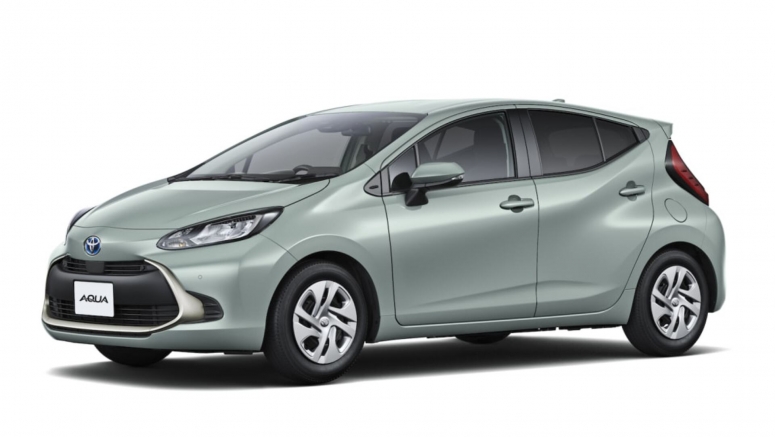Toyota's Redesigned Aqua Hybrid Probably Won't Revive The Prius C

The Toyota Prius C may have left U.S. markets in 2019, but the compact hybrid (and compact in general) segment is still going strong elsewhere in the world. In Japan, where the Prius C was called the Aqua, Toyota has just launched its second-generation successor.
The Prius C is described as all-new, even though at first glance it retains evolutionary styling. It keeps the same dimensions as its predecessor, but with new front end brightwork and optional LED lights it looks a bit more upscale than the Prius C was.
Remember, though, that the Prius C was introduced in 2011, meaning it had a lifespan of 10 years, an eternity for the compact segment. Toyota seems intent on maintaining that schedule with the Aqua, saying that they set out about "creating a compact car for the next 10 years." With such a large gap between redesigns, the Aqua appears to have undergone a sea change with its equipment.
The Aqua is built on Toyota's new modular GA-B platform, which also underpins the new Yaris. It debuts the world's first bipolar nickel-metal hydride battery that is more compact, employs fewer parts, and doubles the output given its size. Toyota says that will improve throttle response and increases the speeds at which the Aqua can run on battery alone. On the Japanese testing cycle, it has achieved a rating equivalent to 84 mpg.
Previous Aquas were front-drive only, but the new one offers Toyota's e-Four hybrid AWD drivetrain. Footwork will be reduced as well. The Aqua is the first Toyota to utilize a Comfort Pedal mode, essentially a version of Nissan's e-Power pedal, which activates regenerative braking as soon as the driver removes their foot from the accelerator. The Aqua can also be optioned with Toyota's Teammate Advanced Park system, which takes over all steering, acceleration, braking and shifting functions as it backs the car into a space.
Cabin-wise, it's a huge improvement over the cheap-looking interior of the Prius C. Gauges now reside in their proper place, directly in front of the driver, rather than above the center console. A large 10.5-inch multi-function display rises from the dash, which includes a backup camera and bird's eye view monitor on some trims. Though the overall length is unchanged, a 2-inch lengthening of the wheelbase offers more legroom for rear passengers.
A feature that would have definitely come in handy in parts of the U.S. this past year is an emergency power supply mode. When the car is parked and it switches on, a standard accessory power outlet can be used to power small household appliances.
There's no word of whether the Prius C will make a comeback in the U.S., but given the small car market's tanking here, that seems unlikely. The Aqua was Japan's best-selling car from 2013-15, and it seems Toyota is poised to repeat that success. It's already expecting a strong sales rate of 9,500 per month.